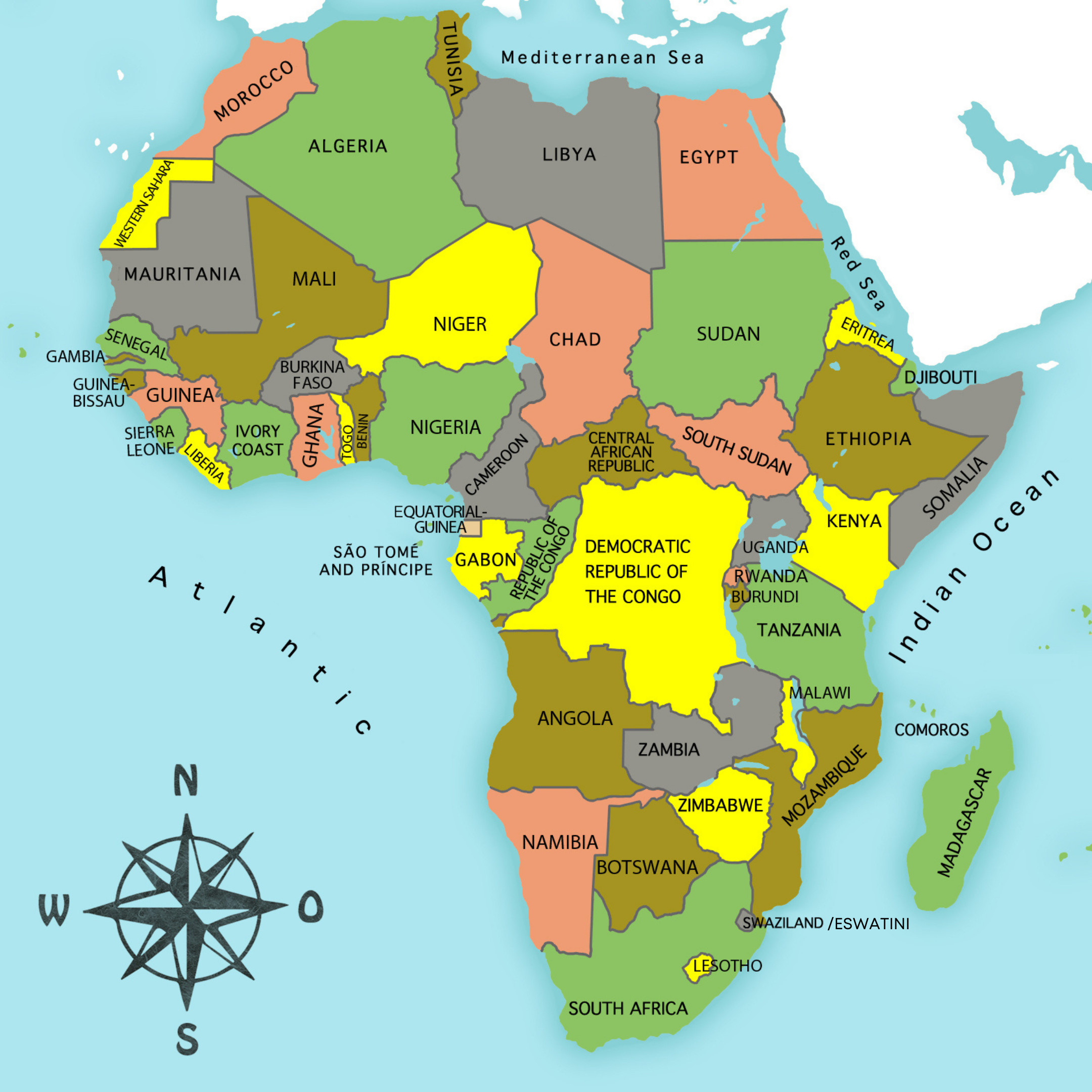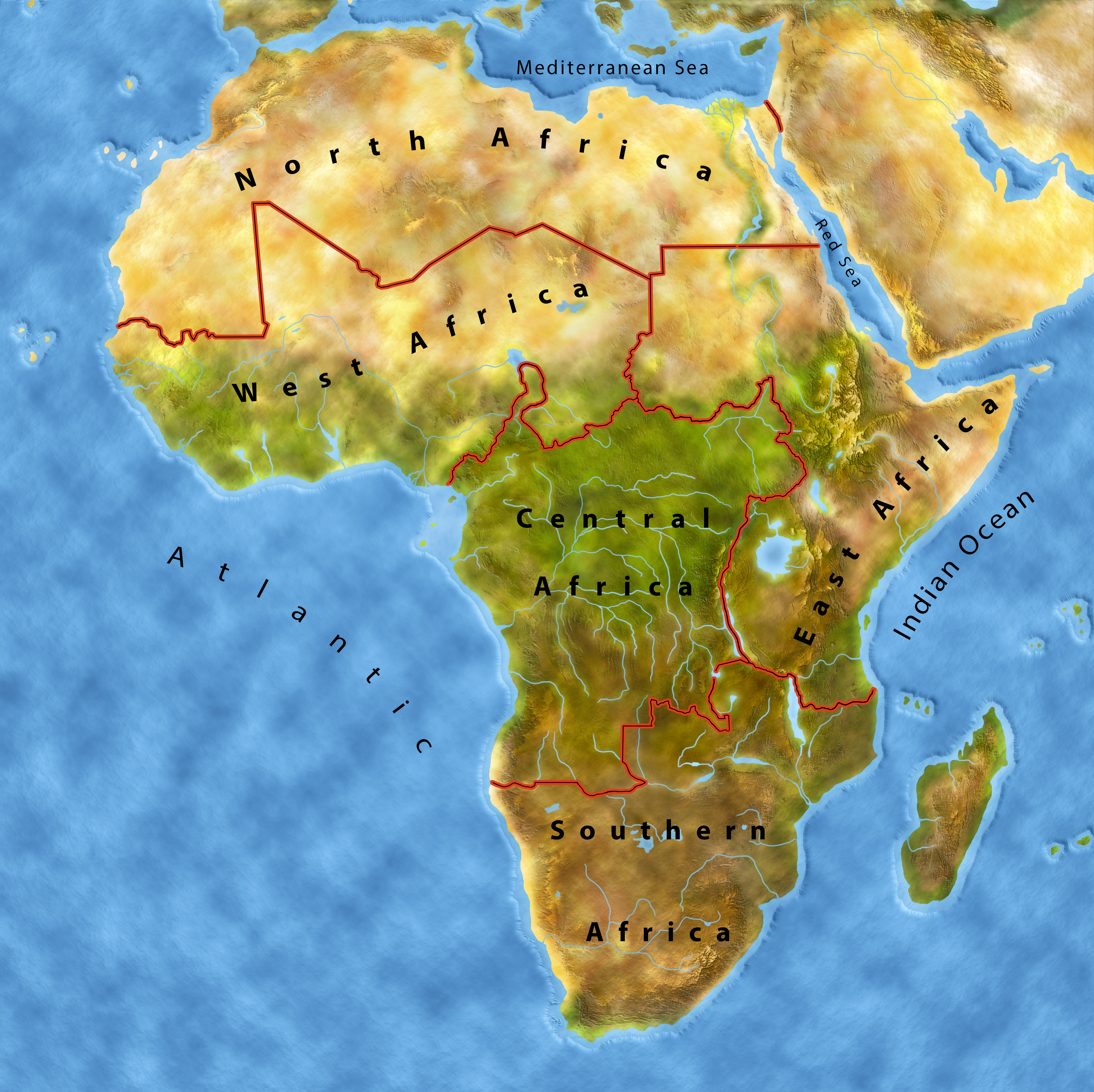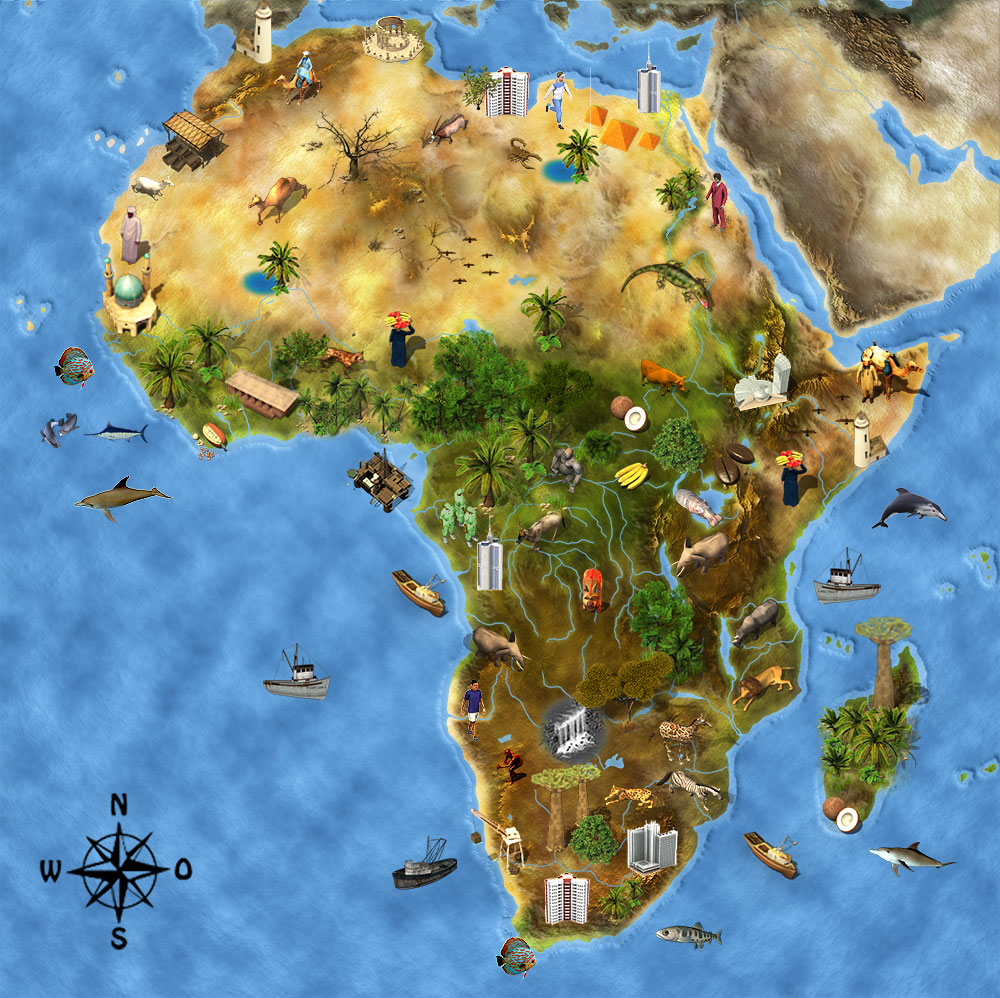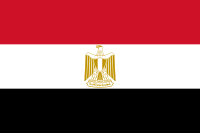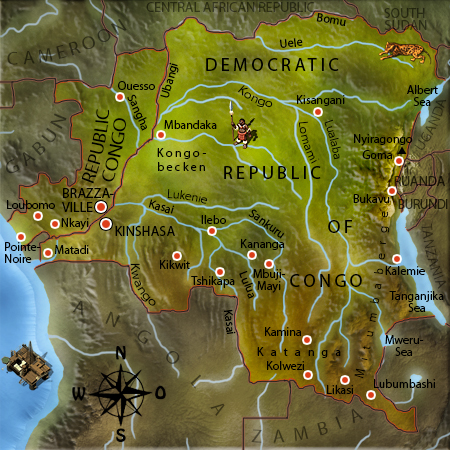Bonjour, welcome to the Republic of the Congo, the land of the rainforests!
The Republic of the Congo lies in Central Africa, next to the Democratic Republic of the Congo. Half of the people are younger than eighteen years, so we will meet in this beautiful country many young people and many children.
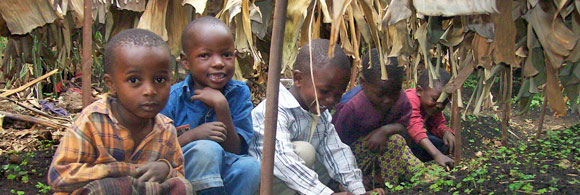
Location
Five countries surround the Congo Republic: Gabon, Cameroon, the Central African Republic, the Democratic Republic of the Congo, and Angola. The Congo River and its biggest sister river, the Ubangi, form a natural border to the Democratic Republic of the Congo. Cabinda is a small area near the mouth of the Congo River, which belongs to Angola. These kinds of areas are called exclaves. The southwestern border of the Republic of the Congo is the Atlantic Ocean. The Congo Republic lies north of the Congo River and is crossed by the equator. Therefore, there is tropical weather and a lot of rain. There are two big rainy seasons, from January through May and from October until mid-December.
For comparison: The Republic of the Congo is roughly the same size as Germany, but only has four million inhabitants.
The Rainforests of the Congo Republic
Due to the equator being so close, the second largest rainforest of the world has flourished here. Almost two thirds of the country is covered in thick, still untouched nature. The approximately 14 000 square kilometer large national park named Odzala encloses the second largest rainforest belt of our planet.
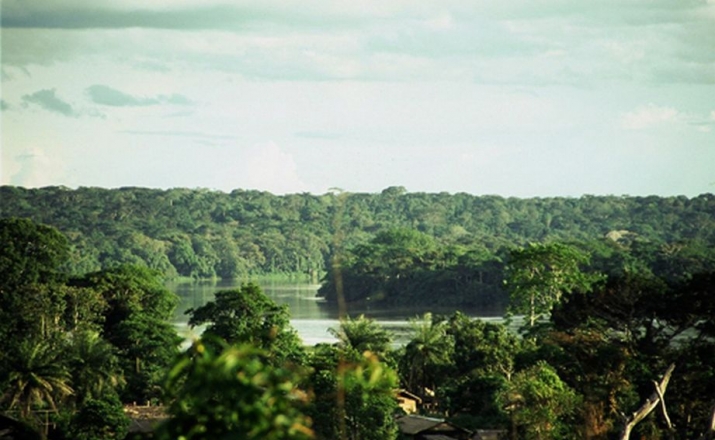
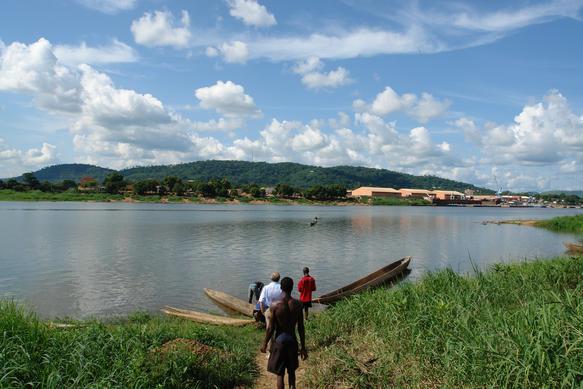
The Congo River and all of the smaller rivers and creeks surrounding it are the only connection to the midland. Lagoons fill the narrow coastal plain. Behind the coast, the Mayombe Mountains can be seen. The highest mountain of the Congo Republic is the 1040 m high Monts de la Lékéti.
Brazzaville – the Capital of the Republic of the Congo
The capitol Brazzaville is near the Pool Malebo – a lake that is connected to the Atlantic Ocean by the Congo River. The city is named after a Frenchman named Pierre Savorgnan de Brazza, who wanted to build a military base on the right shore of the Congo River.
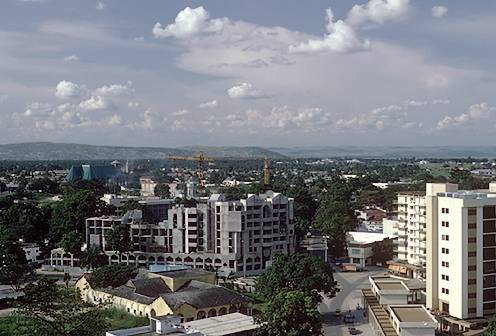
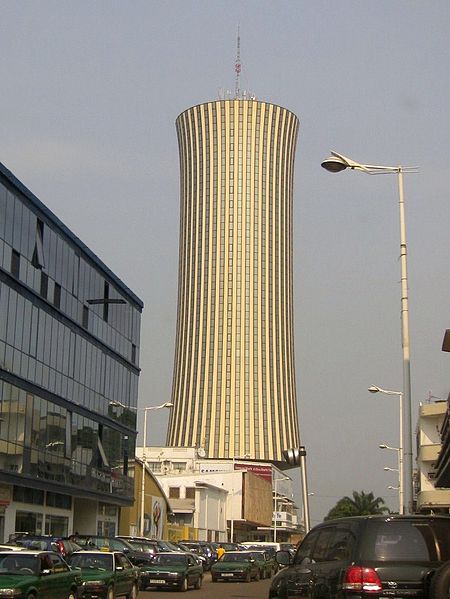
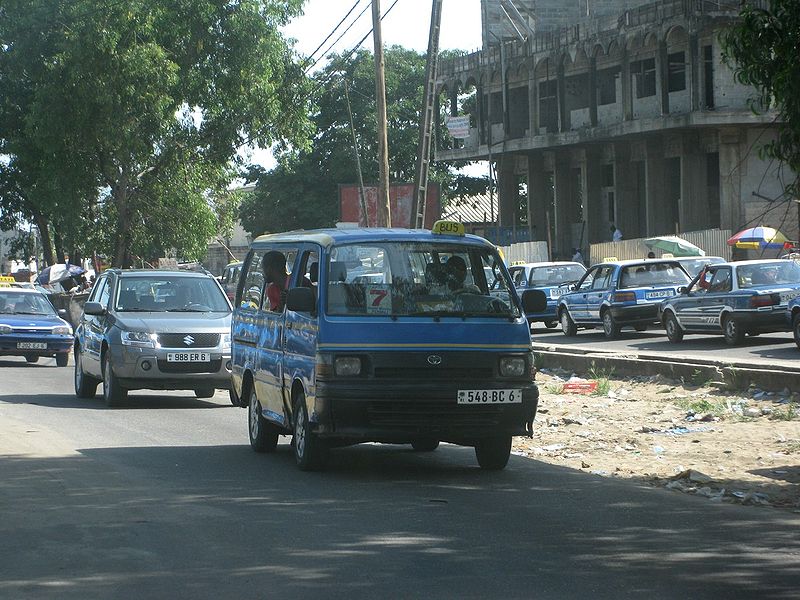
He negotiated with the then chief Makoko, who in turn transferred the area to de Brazza in the year 1880. Brazzaville grew quickly. In 1900 there were around 5 000 inhabitants in the city. With more than one million people living there now, Brazzaville is a modern metropolis. A prominent landmark is the 106 m high Nabemba Tower, also known as Elf Tower. The largest seaport of the republic is in Pointe-Noir, near the border to Angola on the Atlantic coast.
Peoples and Languages
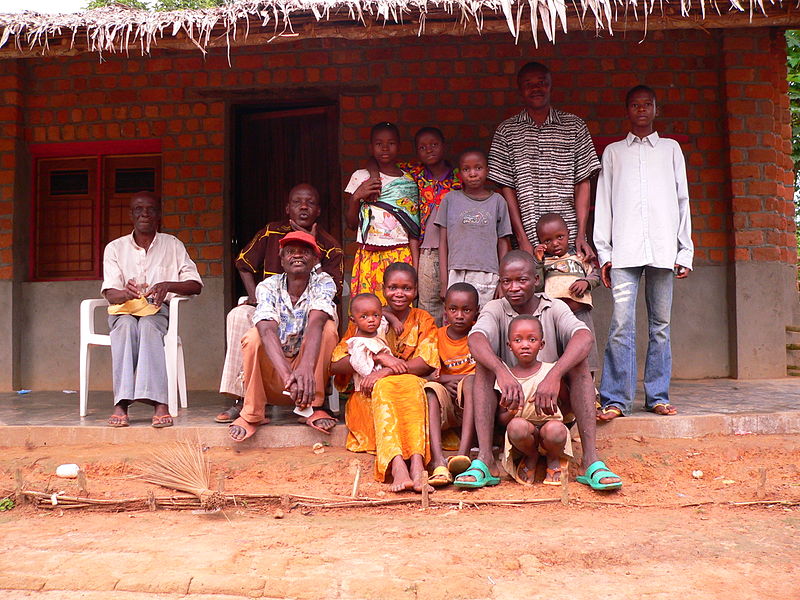
The majority of the Congolese descended from the Bantu. Experts believe that the Bantu originated here before they migrated to southern Africa. The official language of the republic is French, because the Belgians colonized it for quite a while. Next to French the population also speaks African languages, such as Lingala. During the colonial era missionaries from Europe began christianizing the Congolese. Today, around half of the population is Christian. The other half follows their traditional African religion. The oldest peoples in the Republic of the Congo are the Pygmies. These traditional forest people travel like nomads the rainforests and trade with the Bantus, who live in the outskirts of the forests.
Schools and Education
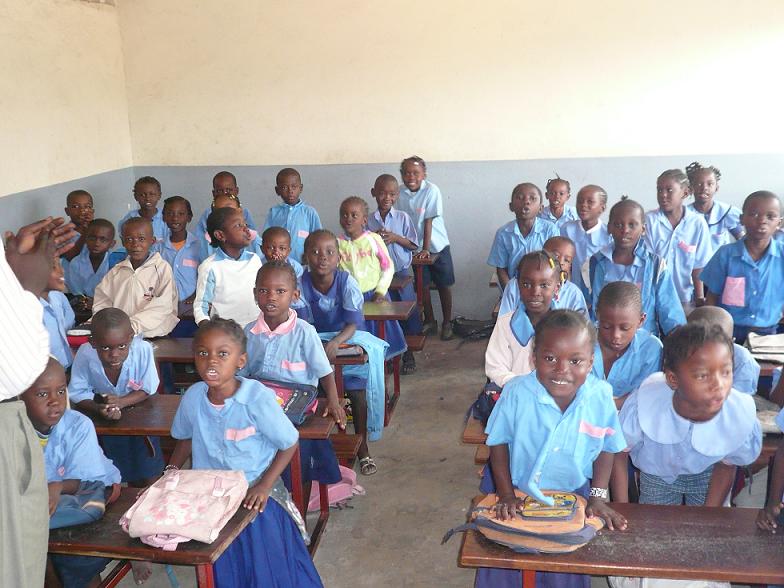 School is mandatory for ten years in the Republic of the Congo but it is not always pleasant. Class tends to be very strict and playing around during school hours is looked down upon greatly. Student council is a term most have never heard. A large amount of the population lives in poverty, of which children are particularly affected, especially those who have lost their parents. Many of these children don’t go to school anymore, since they have to care for themselves. They help harvest crops or slave away in the ore mines.
School is mandatory for ten years in the Republic of the Congo but it is not always pleasant. Class tends to be very strict and playing around during school hours is looked down upon greatly. Student council is a term most have never heard. A large amount of the population lives in poverty, of which children are particularly affected, especially those who have lost their parents. Many of these children don’t go to school anymore, since they have to care for themselves. They help harvest crops or slave away in the ore mines.
Economy and Natural Resources
The economy of the Republic of the Congo is shattered. There is mass unemployment, even though the country is rich in mineral resources. The Republic of the Congo produces oil and is one of the largest petroleum producers in Africa. Despite all of these resources, the Republic is missing the infrastructure to process them. Also there are not many skilled workers to do these jobs. Around half of the population makes their living by working on fields and plantations. Cassava and plantains are the base of most meals. Women work in small shops or businesses like sewing shops, while the men go fishing. The money they make is barely enough to cover the costs of living, there is almost nothing left for school or education.
Most children in the Congo can not afford chocolate
Cocoa is produced on an industrial level in large plantations. The yellow fruits grow on the stem and contain 20 to 50 cocoabeans. These fruits are cut in half, then the beans can be picked out. Children often help harvest the beans. How many of them have actually tried a bar of chocolate though? The work of the cocoa planters is very hard and does not pay very well. Many farmers try their luck in the cities, for they earn more there than on the plantations.
Wildlife in the Congo
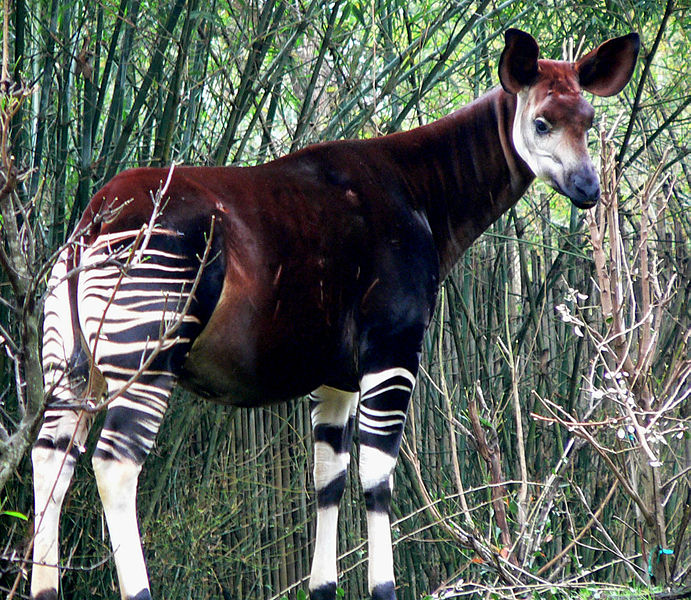 The Okapi is one of the rarest and weirdest inhabitant of the thick rainforest in the Republic of the Congo. The horselike animal, which is related to the Giraffe, was first discovered by a European not before the last century. He shot the shy animal right away. Unfortunately Okapis belong to the endangered species today. They are very sensitive to the smallest changes in the rainforest. Unlike almost every other African country, the Congolese preserve their rainforests and put their variety of wildlife under special protection.
The Okapi is one of the rarest and weirdest inhabitant of the thick rainforest in the Republic of the Congo. The horselike animal, which is related to the Giraffe, was first discovered by a European not before the last century. He shot the shy animal right away. Unfortunately Okapis belong to the endangered species today. They are very sensitive to the smallest changes in the rainforest. Unlike almost every other African country, the Congolese preserve their rainforests and put their variety of wildlife under special protection.
History
The native inhabitants of the Congo Republic were the Pygmies and the Khoisan, the ancestors to the Bantu peoples. Starting in the 14th century, the mighty kingdom of the Congo began to form in the Congo basin. Its territory stretched for over 300 000 square kilometers on both sides of the Congo River. Around the year 1480 the Portugese began exploring the coast of Central Africa. They created the first business relationships with the kings of the Congo. In the upper left hand corner of the picture you can see the blazor of the Congo kings.
The Republic of the Congo Today
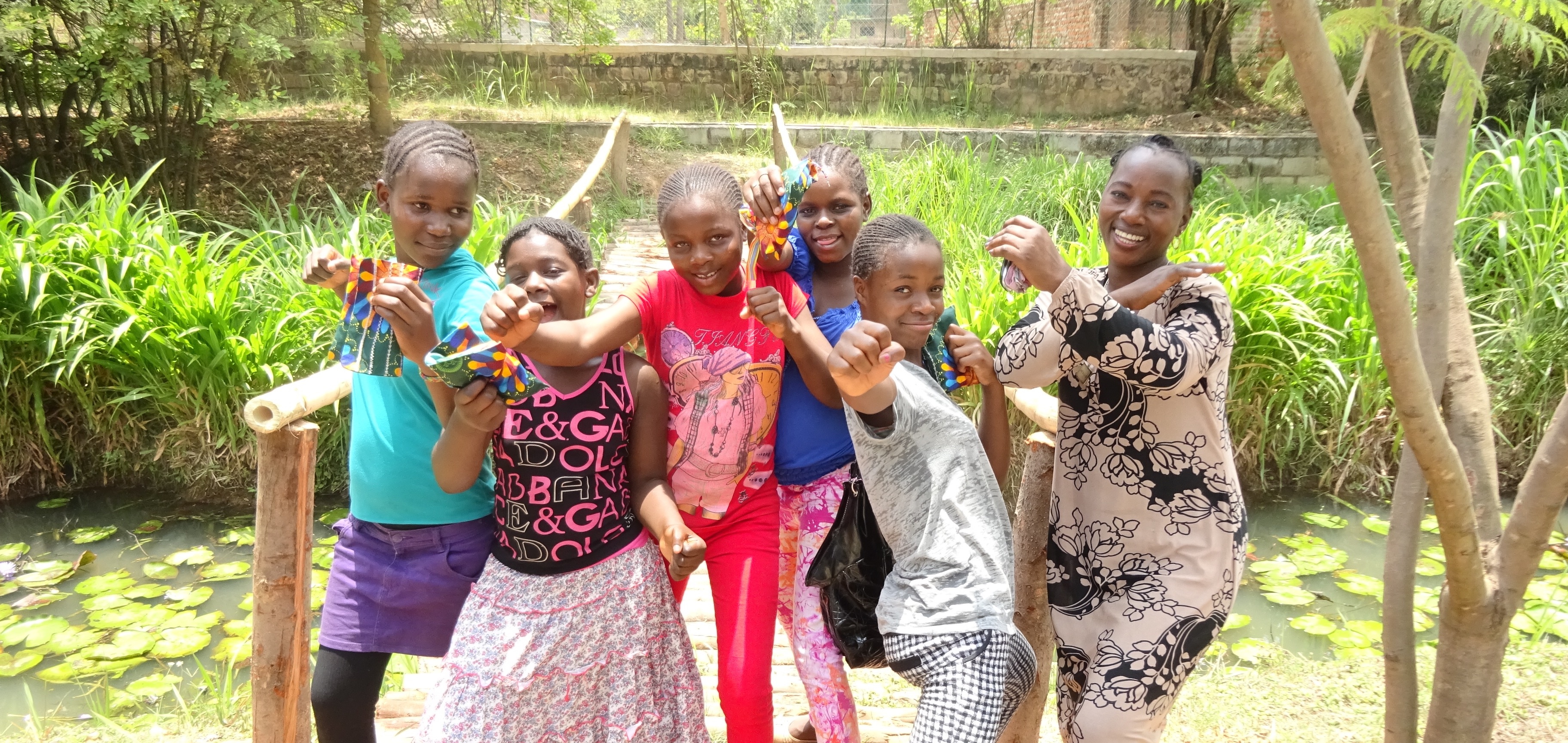 After many years of civil war, the country is now a presidential republic. The republic is ruled by a president, who is elected for five years at a time. The president is granted full power over the government and of the army. Since 2003, there is peace. But riots erupt from time to time again. This is why a quarter of the population has left the country. The government started a campaign so as to disarm the rebels and integrate them back into society. But it will still take some years until peace returns to the Republic of the Congo. Most of the children want to go to school and get access to better education. Despite the sad history and the bad economy, they want to enjoy their live.
After many years of civil war, the country is now a presidential republic. The republic is ruled by a president, who is elected for five years at a time. The president is granted full power over the government and of the army. Since 2003, there is peace. But riots erupt from time to time again. This is why a quarter of the population has left the country. The government started a campaign so as to disarm the rebels and integrate them back into society. But it will still take some years until peace returns to the Republic of the Congo. Most of the children want to go to school and get access to better education. Despite the sad history and the bad economy, they want to enjoy their live.


